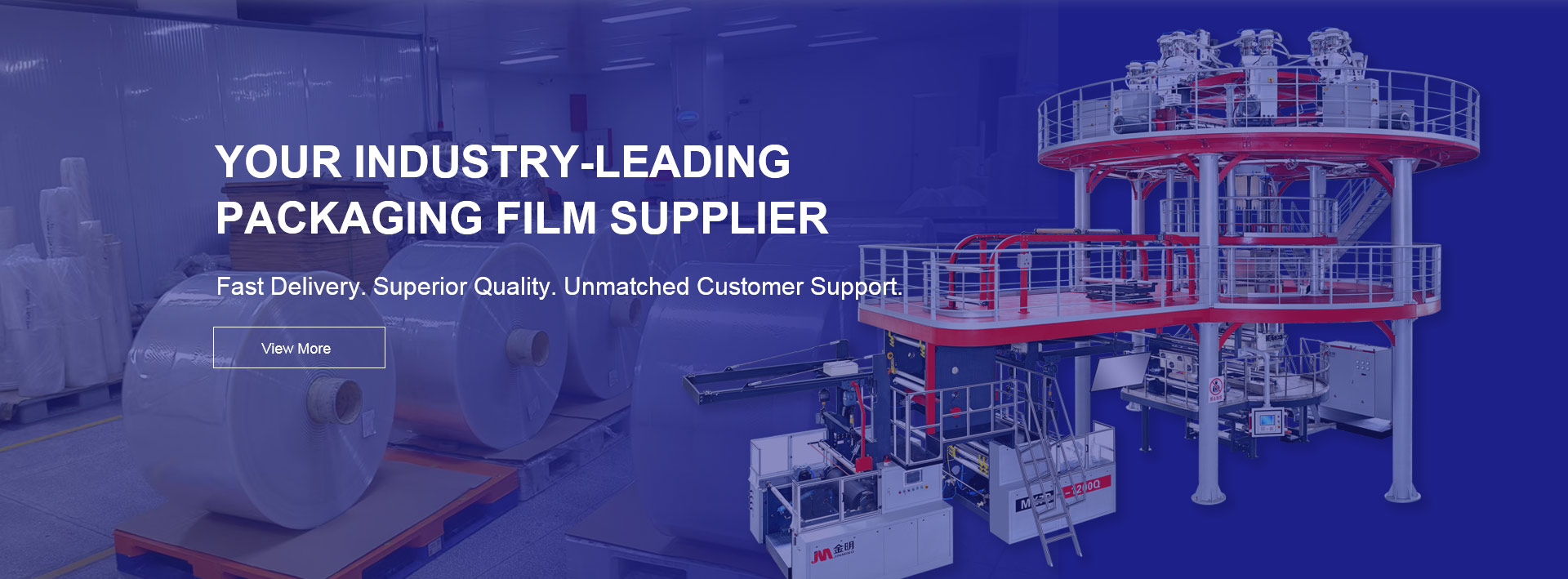
ThermoForming Film refers to a specialized plastic film designed to soften when heated and form into a three-dimensional shape using a mould or forming tool. This process typically involves warming a thermoplastic film to its forming temperature, stretching or pressing it onto a mould, then cooling it so that the film retains the shape. Among its key traits are heat softening, good formability, dimensional stability after cooling, and material performance to meet barrier, clarity or mechanical requirements.
Thermoforming films can be made from various thermoplastics such as polyethylene terephthalate (PET/PETG), polypropylene (PP), polystyrene (PS), polyvinyl chloride (PVC) and other specialist blends. They may be mono-layer or multi-layer constructions, where additional layers add barrier protection (against oxygen, moisture), sealing properties, film clarity, or printability.
Here is a summary of the major advantages that thermoforming films offer:
| Feature | Benefit |
|---|---|
| Excellent formability | Enables custom trays, clamshells, complex shapes |
| High clarity/transparency | Good for retail display and product visibility |
| Barrier protection | Keeps food or sensitive goods fresh and protected |
| Lightweight construction | Reduces shipping cost, easier handling |
| Cost-effective tooling & runs | Lower initial investment than many rigid alternatives |
| Scalability for small to large runs | Flexible production volumes |
| Custom branding & finish options | Helps packaging/marketing differentiation |
Thermoforming films are used across numerous industries and for a wide variety of packaging and forming applications:
food packaging: trays for meats, seafood, ready meals, vegetables; vacuum-forming deep drawn shapes.
Medical and pharmaceutical: blister packs, device trays, sterile packaging.
Consumer goods and electronics: packaging for hardware, retail display blisters, protective covers.
Automotive and durable goods (for thicker gauge variants): instrument panels, housings, structural liners.
From a packaging perspective, thermoforming film provides several advantages:
Product protection: When shaped precisely, the film conforms to the product, minimising movement, air infiltration and contamination risk (especially important in food and pharma).
Brand appeal: Clear and well-formed packaging enhances shelf visibility, while custom shapes and finishes allow for differentiation.
Efficiency in production: Automated thermoforming lines feed film rolls and form parts rapidly, reducing waste and increasing throughput.
Material savings: Compared with rigid alternatives, thin-gauge thermoforming uses less material while maintaining structural integrity.
Sustainability focus: Many thermoforming films are designed to be recyclable or contain recycled content; lighter packaging also reduces transport emissions.
When choosing a thermoforming film solution, consider the following criteria:
Determine if the product requires high barrier (for oxygen/moisture), clarity, heat-resistance (microwave or retort), or sealing compatibility.
Complex moulds or deep draws require films with good stretch and melt-strength. The forming method (vacuum, pressure, matched mould) influences film choice.
Thin-gauge films (for food trays, blisters) differ in behaviour from thick-gauge sheets used for durable parts.
If branding or decoration is required, the film must accept inks or lamination without distorting during forming.
A strong supplier will offer film grades tailored to forming equipment, provide specification sheets, samples and support roll-to-sheet or roll-to-form conversions. For example, the company JINBORUN New Material Technology Co., Ltd. (JINBORUN) specialises in functional co-extrusion films including forming film and barrier forming film, and can support OEM/ODM customised orders. Their capabilities include advanced production lines and water-quench blown film machines for customised packaging solutions.
When integrating thermoforming film into a packaging line or product design, bear in mind:
Mould design: Ensure that the tooling allows for proper air evacuation, even film thickness, cut-out/trimming and ejecting. Poor tooling can lead to inconsistent parts.
Machine compatibility: Validate that the film is suitable for the forming machine’s heating, vacuum/pressure cycle and trimming equipment.
Waste and scrap management: Thermoforming often generates edge trim or waste; confirm that the scrap can be recycled and that recovery systems are in place.Regulatory compliance: For food or medical uses, ensure that the film meets relevant food contact, sterilisation or barrier standards.
Supply chain resilience: Manufacturer should provide consistency in film batches, colour stability, and ensure lead-time support.
Thermoforming film is a flexible, efficient packaging and manufacturing solution that bridges performance, cost, visual appeal and scalability. Whether you are producing trays for fresh food, blister packs for medical devices or custom display packaging for consumer electronics, the right film grade can make a significant difference in protection, presentation and productivity. For sourcing tailor-made thermoforming film solutions, considering a specialist like JINBORUN can give you access to multi-layer co-extrusion technology, custom film performance and supplier support that aligns with modern packaging demands.